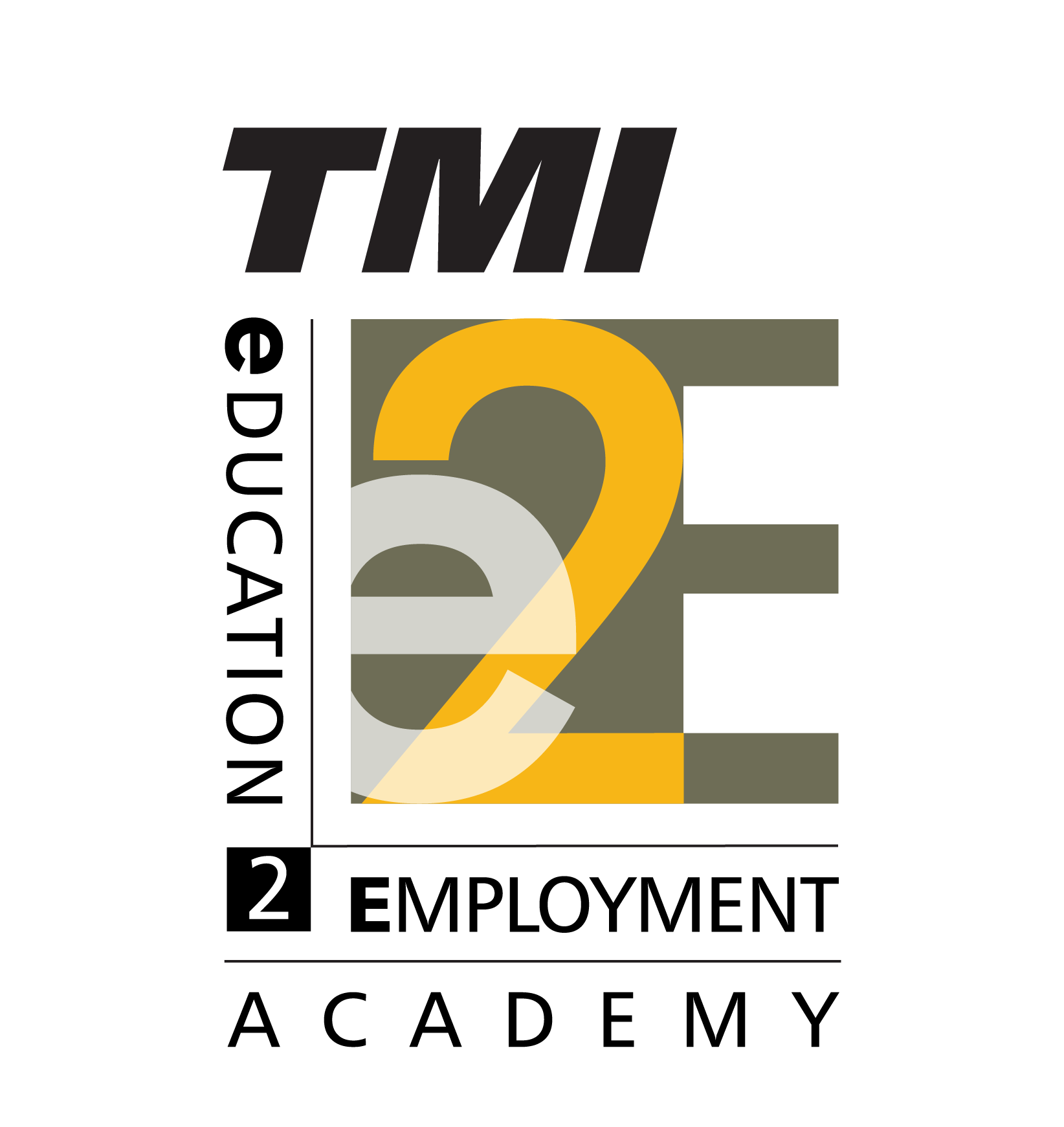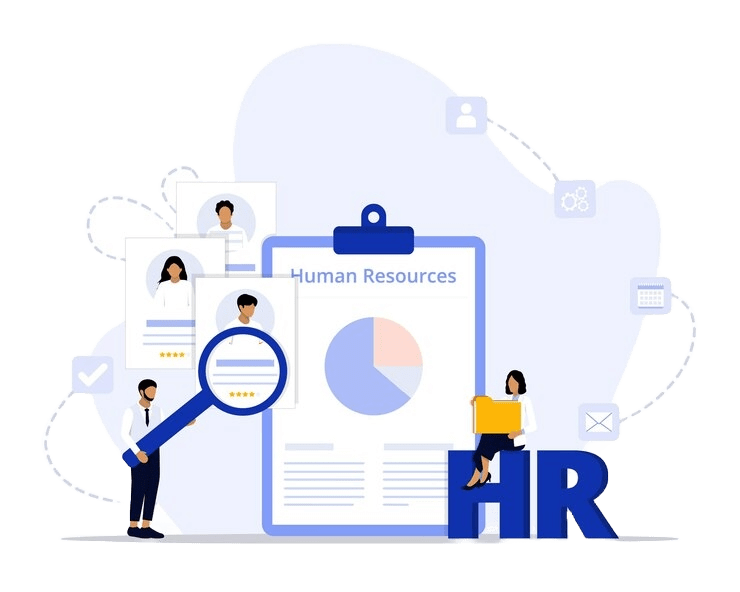
5X Cost of Wrong hires - Fix the Hiring Leak!
A Hiring Efficiency Guidebook

Bridging the Hiring-to-Performance Gap
80% of frontline exits happen within the first 6 months
15% of new hires contribute zero to KPIs in that same period
The Real Talent Acquisition Breakdown
From Headcount to Outcomes: Rethinking Hiring as a Performance Investment
Hiring isn’t just about filling vacancies—it’s about driving results.
Most organizations optimize for cost and speed, while neglecting what really matters: output, tenure, and alignment.
Who Really Owns Hiring Efficiency?
What You’ll Get in the Download:
A hiring cost calculator based on real mis-hire impact
A breakdown of the 5 biggest hiring blind spots
“Cost-per-Right-Hire” vs “Cost-per-Hire” comparison
A diagnostic checklist to audit your hiring pipeline
